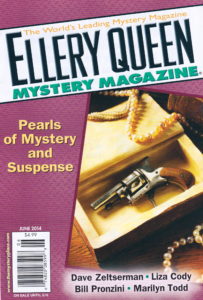For today's blog entry, I am pleased to be joined by my better half, Robyn Thornton–a seasoned professional at the practice of time-management.
In one of my previous blog posts, I mentioned how incredibly organized my wife Robyn is, and how she has helped me to organize my own writing projects. In the Comments section of that post, my blogging partner Eve Fisher asked whether Robyn was willing to work with other writers.
Since Eve pinch-hit for me last Thursday (Double Deadline HellMore on that in my next post)–THANKS Eve!, I asked Robyn whether she'd be willing to team with me on this post and pass along some organizational tips to our readers (BOTH of them!).
And so here we are!
Everyone has struggled to set goals and stay on track toward them. Momentum is a dicey proposition. Once lost it can be hell to get back.
This is especially true of writing in general and fiction in particular.
One way to ensure your progress doesn't flag is to conceptualize your writing project holistically, get the idea down on paper, and then "chunk it out," as Robyn says: break it down into manageable component parts, progress toward which is easily tracked, depending which system you choose to use to do the tracking.
Below are three tips to help you better organize your writing project:
ONE: Whether you're a pantser or a planner, set daily and weekly goals for yourself. Whether it's word count, page count, chapter count, number of Roman numerals/bullet points in your outline, number of character analyses completed, etc. It's important that these goals are realistic and attainable.
TWO: Once you've set your goals, WRITE THEM DOWN. This is one way to help solidify them in your thoughts, and get you to commit to them in a conscious and intentional manner.
There are as many ways to chart your progress as there are writers doing the charting. The whole point of the maneuver though is to have a process which allows you to chart your progress through your project, and show measurable results as you go.
While there are many organizational formats out there, we're going to focus on one called a Kanban Board. Kanban has an interesting backstory: originally developed by engineers at Toyota in the late 1940s, it was inspired by how groceries order stock. Its highly visual style and easy-use communication made it incredibly effective for managing projects.
 |
| An example of a Kanban Board |
 |
| Another example of a Kanban board. |
While there are plenty of electronic versions out there, the physical ones only require a piece of posterboard, markers, and post-it notes.
That's it.
The resulting organizational system is so intuitive it's like Eli Whitney's cotton gin: once someone came up with it, it was ridiculously easy to replicate!
Which leads us to our final point:
THREE: Now that you've given yourself the tools to help you both chart and stay your course, don't beat yourself up if you miss a day here or there. The beauty of the Kanban board is that you can be agile and creative in moving around the sticky notes representing your goals, ideas, etc., and therefore it's simple thing to regroup, reassess, and reprioritize.
It's also incredibly rewarding to move a sticky note into the "DONE" column, and be able to take momentary stock of how far you've come, and what is left before you. At times I've found it outright inspiring.
And that's it for this installment! Thanks Honey! That was fun! And for my loyal readers (BOTH of you) I'll be back in my regular slot next week!










































